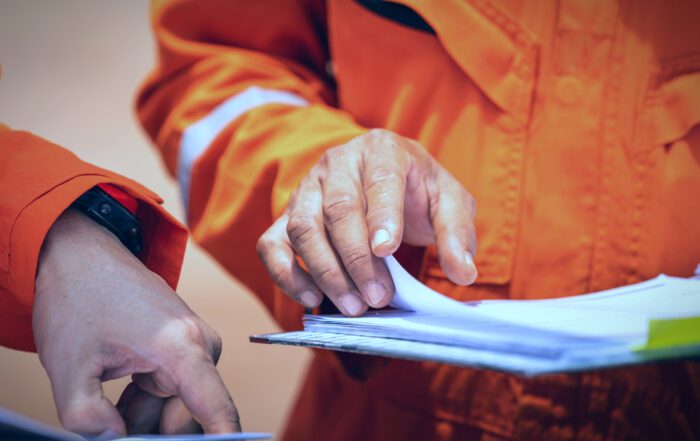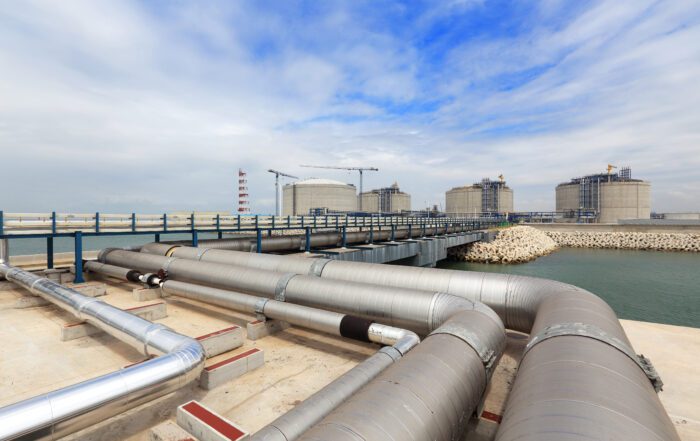A middle-eastern LNG plant wanted to optimize its production output and maintenance by implementing a risk-based inspection (RBI) strategy. This approach shifts attention from short-term fixes to safeguarding integrity and improving the availability and reliability for equipment in the longer term.
As one of the largest plants that turns natural gas into cleaner-burning fuels and lubricants, the site is able to produce around 140 000 barrels of GTL products as well as 120 000 barrels of natural gas liquids and ethane per day. This extremely high production equals 8M USD daily at maximum production capacity. Making sure this site can produce at maximum levels by reducing the mean time to repair (MTTR) and minimizing unplanned shutdowns is essential for this company’s bottom line.
Case study – highlights
In order to ensure and boost operational and technical excellence, the plant chose to have its RBI revalidated. The plant wanted to be more in control of its results. Assets could be used more effectively and alignment between departments and disciplines could be improved to promote a longer-term focus on working together efficiently. Like every oil & gas producer, this plant also wanted to update the way it safeguarded its integrity. This was not only done for management but also for regulatory bodies and the community.
Approach
The project was developed to revalidate the previous RBI assessment; the results needed to mitigate the earlier identified risks in 2017. All RBI data were collected and analyzed and all risks for assets in scope of pressure equipment integrity (PEI) were plotted into a risk analysis matrix (RAM). Items that met one or more of the preset criteria were included in a thorough risk evaluation. The selected critical elements and gaps were the focus of an on-site RBI workshop. The workshop was attended by representatives of all relevant departments and disciplines as the elements and gaps could only be optimized by multidisciplinary teams.
Alongside the focus on high risk elements, the first results were achieved by implementing the identified quick fixes. As a follow-up action, we also integrated RBI in the client’s system and advised on inspection scheduling.
Results
- Cost reduction due to leak prevention: 1.7 million USD or more per prevented leak
- 10% fewer man-hours are needed to prepare work packages and turnarounds
- RBI data updated and available in the enterprise asset management (EAM) system
- Reduction and prevention of leaks and fewer unplanned inspections
thanks to new multidisciplinary way of working - Improved integrity to maintain license to operate
This project set the foundations for continued improvements, including inspection optimization via gained insights, inspection standardization, and improved collaboration between units and disciplines.
Get inspired
MaxGrip is honored as the 2024 innovator in asset management by Verdantix, leading with cutting-edge technologies and practices. Join our webinar on May 22nd to discover more.
Using the Five Why technique is simple and effective because it understands that below the obvious "symptoms" of a problem there is a great catalyst.
An introductory article on Risk Based Inspection (RBI)





